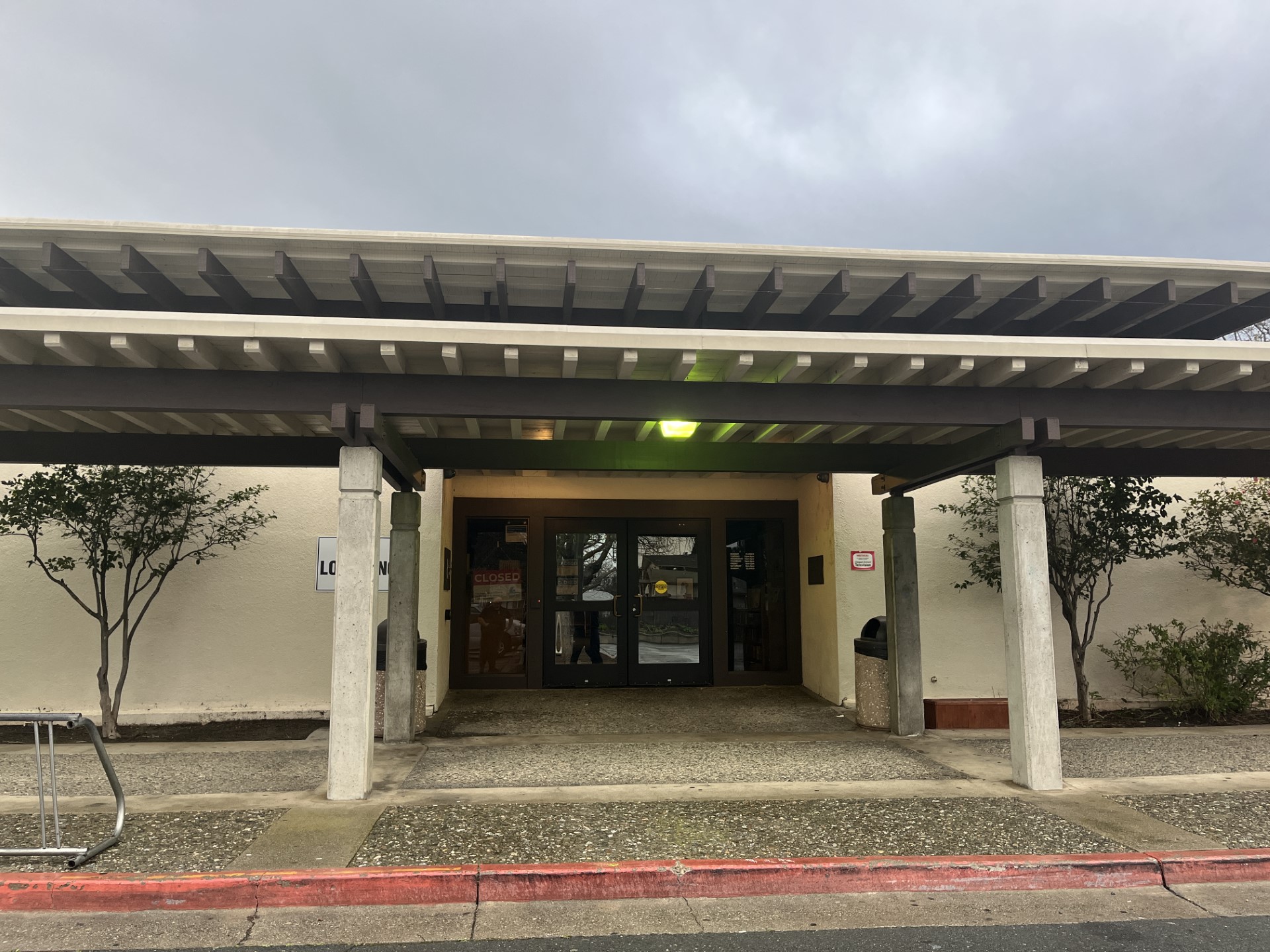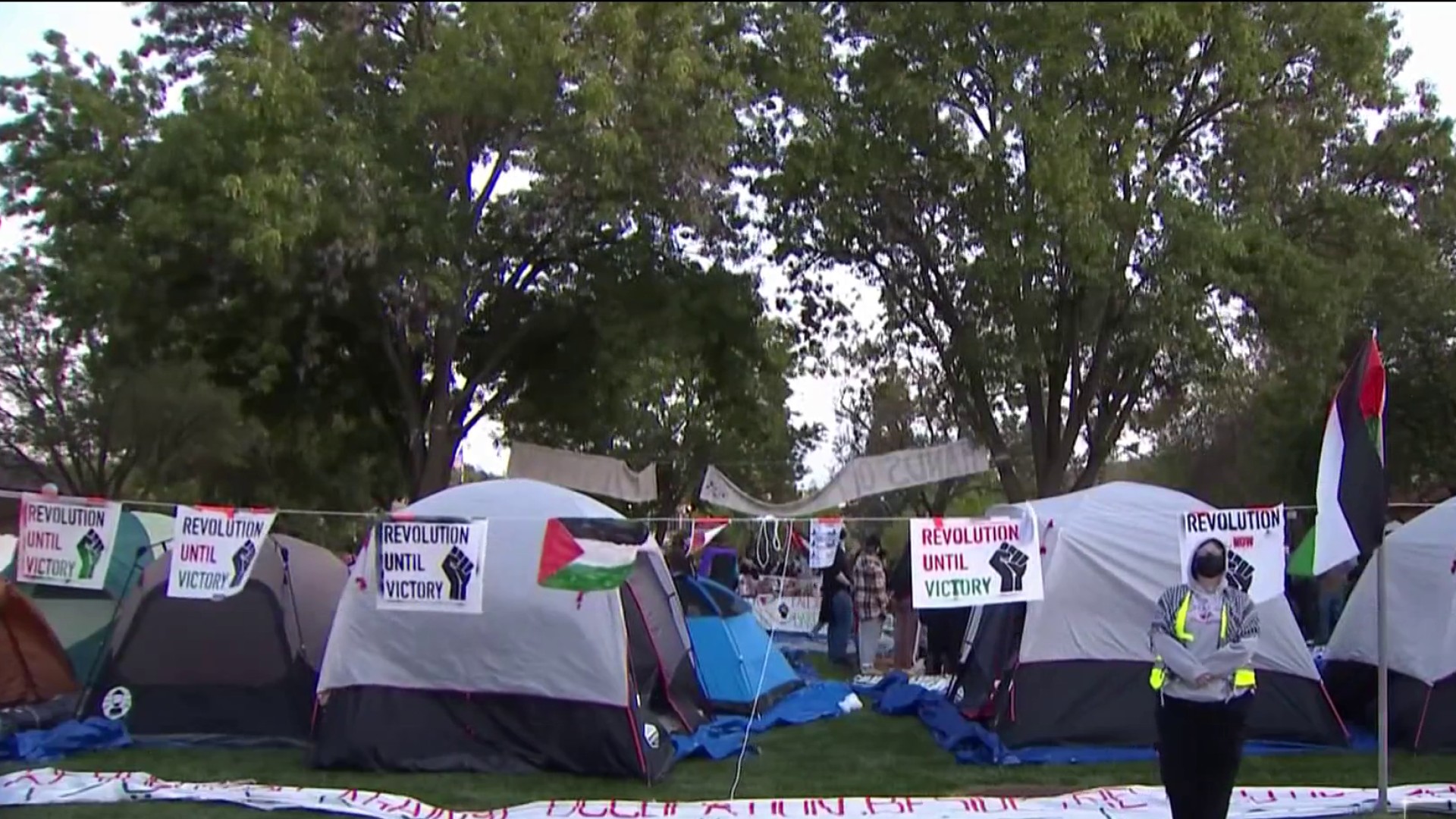
COVID-19 is hitting black and Latinx people hardest, preliminary Santa Clara County data show. Meanwhile, those same groups are the ones most in need of financial relief in the region, community groups say.
The pandemic's racial disparities show officials must center race in discussions to address the public health crisis and Silicon Valley's economic recovery, according to nonprofit and advocacy leaders.
"It's a tale of two valleys," said Poncho Guevara, executive director of Sacred Heart Community Service, who joined 20 other community-based organizations in a letter Wednesday requesting Santa Clara County supervisors to incorporate more racial data in the county's COVID-19 response.
"People are living in different conditions, in different neighborhoods with conditions of overcrowding, making less money than their counterparts," he said. "Here in the same valley, the access to educational opportunities, employment opportunities and health care are all weighted against them."
Latinx residents accounted for the largest share of cases and deaths in the county -- 33 percent of reported infections and 34 percent of fatalities -- despite comprising 27 percent of the population, public health data show.
Coronavirus Deaths in Your City and State — and Across the US
These charts use daily coronavirus death data from Johns Hopkins University to show the seven-day moving average of deaths at the city, state and country level.
The impact of coronavirus varies enormously in the United States from one place to another.
Source: Johns Hopkins University.
Credit: Visuals by Amy O’Kruk/NBC, data analysis by Ron Campbell/NBC
Local
Meanwhile, black people make up 2 percent of Santa Clara County and represent 2 percent of the COVID-19 cases but 6 percent of the reported deaths.
Santa Clara County Health Officer Dr. Sara Cody told reporters last week that the Public Health Department is working to collect more data on race and ethnicity to examine the role social determinants of health have on communities of color, including housing, access to affordable fruits and vegetables, health care, transportation and history of trauma and discrimination.
"All of those factors -- as well as structural factors like structural racism -- impact and inform our health and our health outcomes," Cody said. "And what we're seeing across the country is the importance of understanding those social determinants of health and understanding how they can inform our actions to better prevent, control and mitigate the impact of COVID-19."
On the other end of the spectrum, white people accounted for 19 percent of cases and 25 percent of deaths, though the demographic accounts for 34 percent of county residents. Asian Americans comprise 33 percent of Santa Clara County residents but 23 percent of cases and 32 percent of deaths.
About 17 percent of cases have unknown racial or ethnic data. COVID-19's disparate effects bleed outside of hospitals and morgues. A Pew Research Center survey found that 61 percent of Hispanic adult respondents said they or someone they know has had to take a pay cut or lost a job, compared with 44 percent of black respondents and 38 percent of white respondents. Similarly, Hispanic and black Americans were less likely to have a rainy day fund compared with white residents, Pew found.
Latinx and black people comprise large shares of the food-supply and transportation workforces as well as other sectors deemed essential during the region's shelter-in-place orders. That puts those groups at greater risk for exposure to COVID-19, nonprofit leaders and advocates say.



